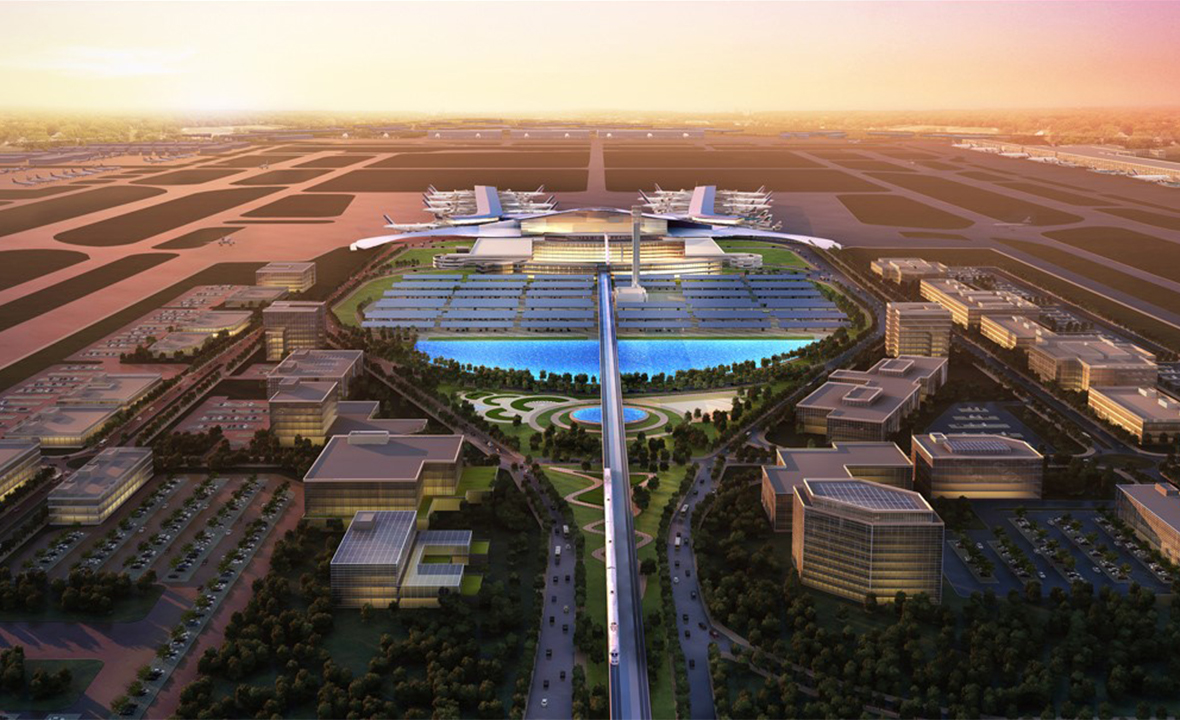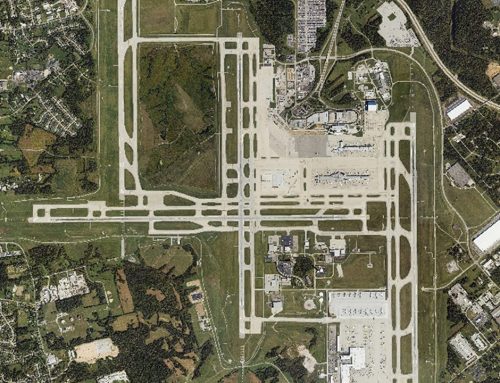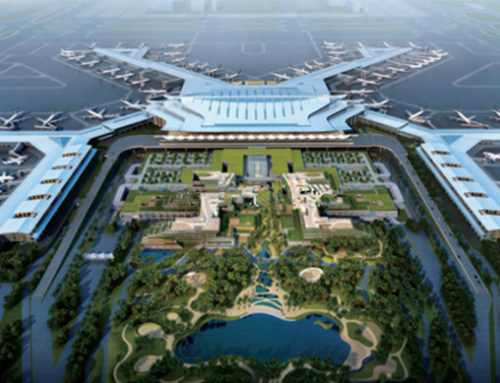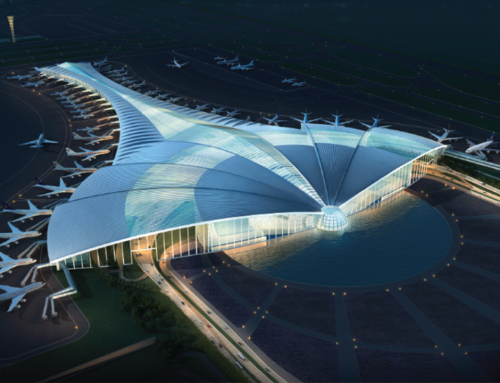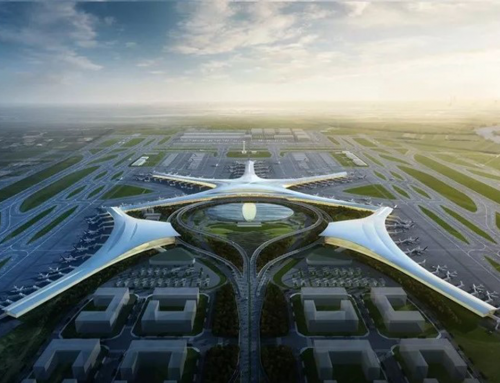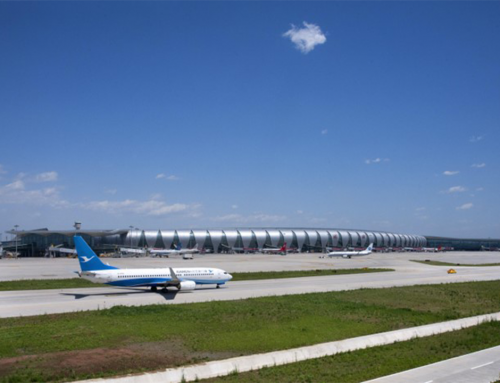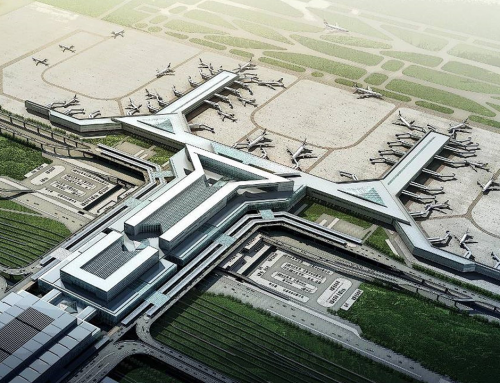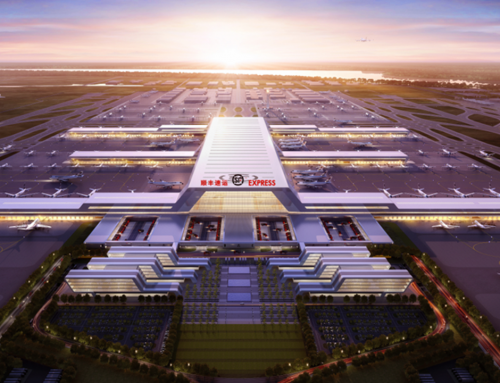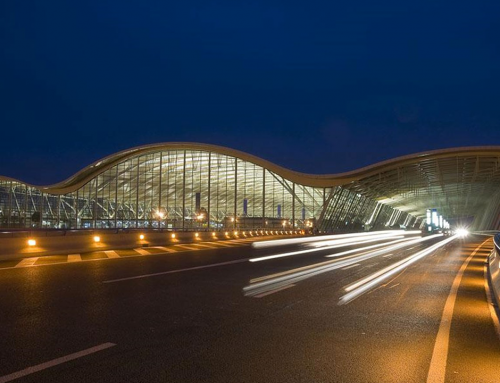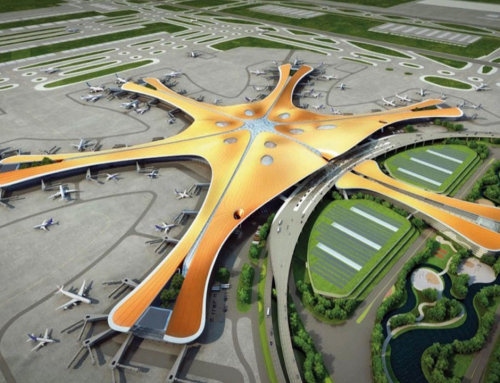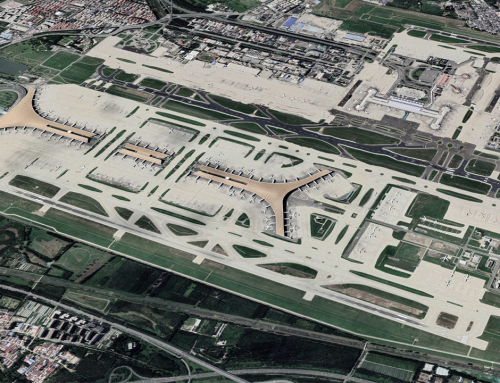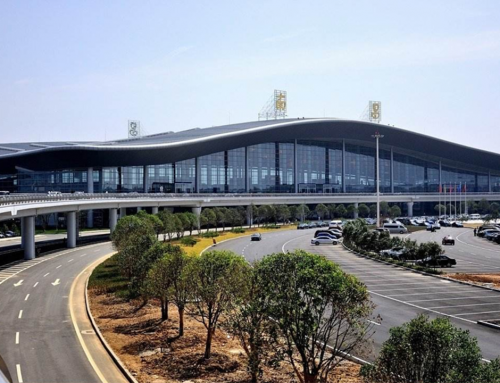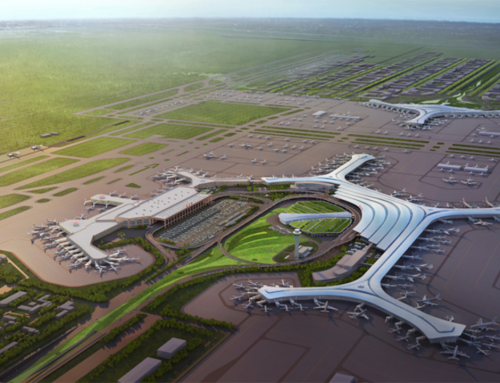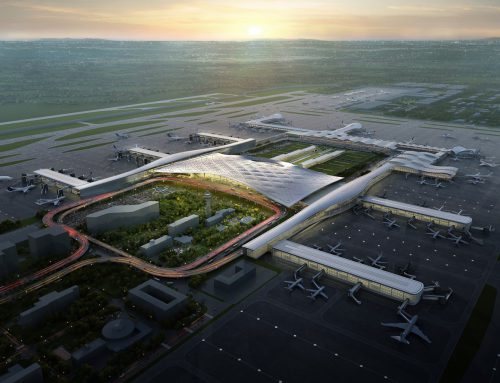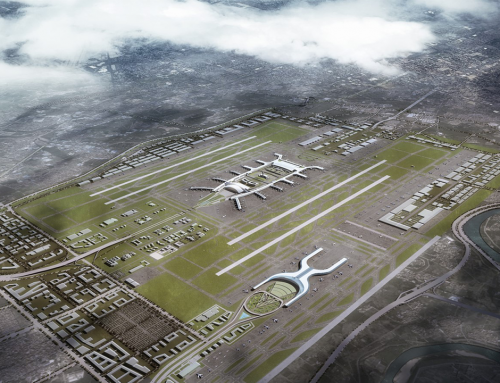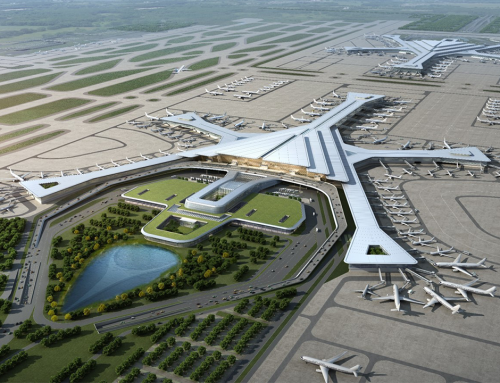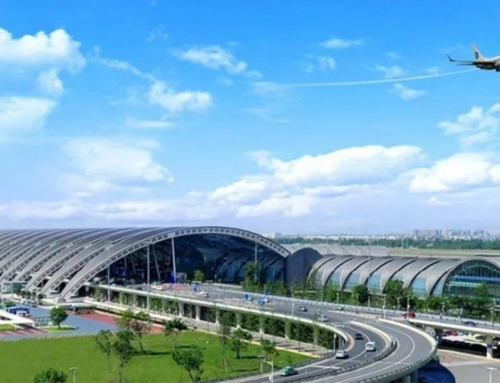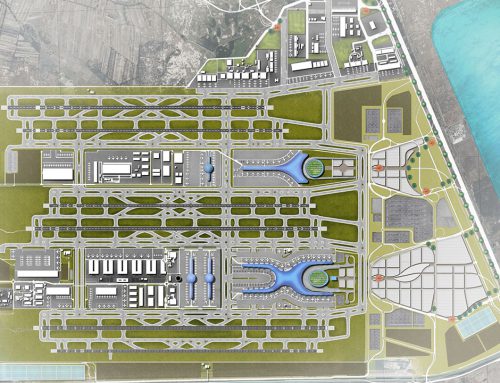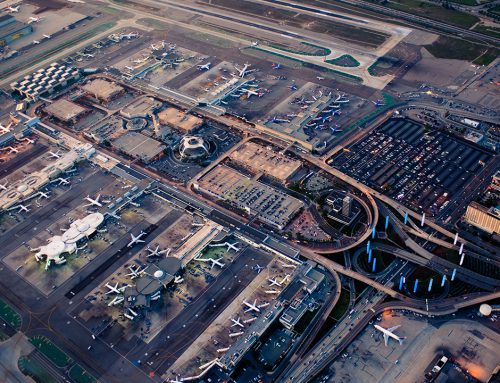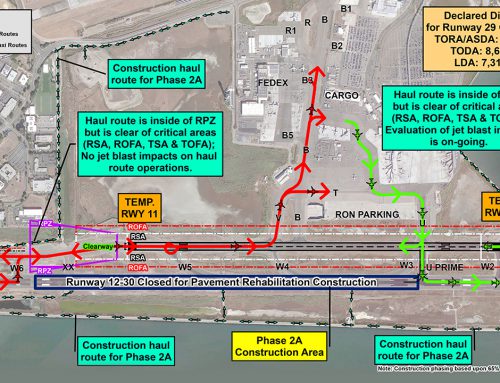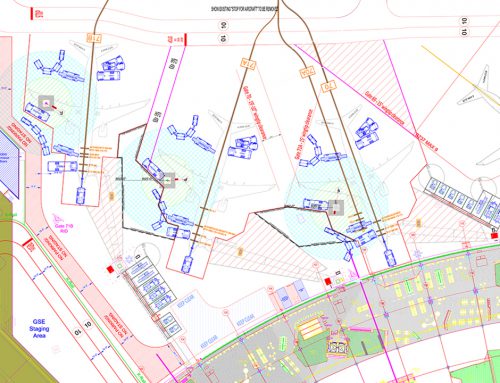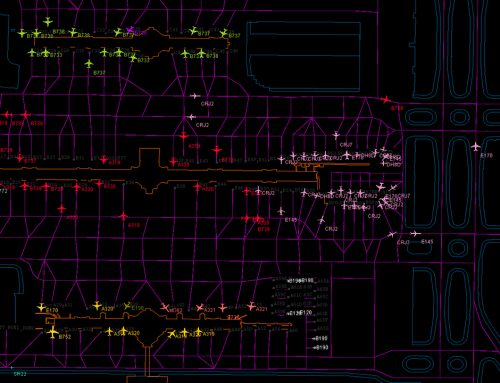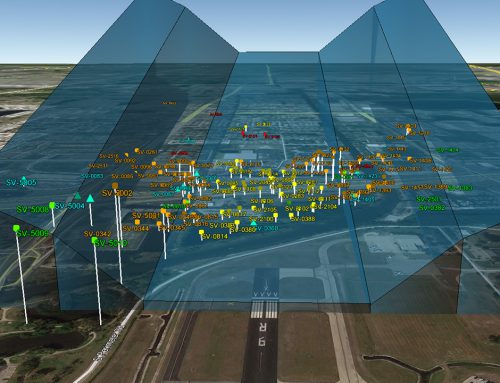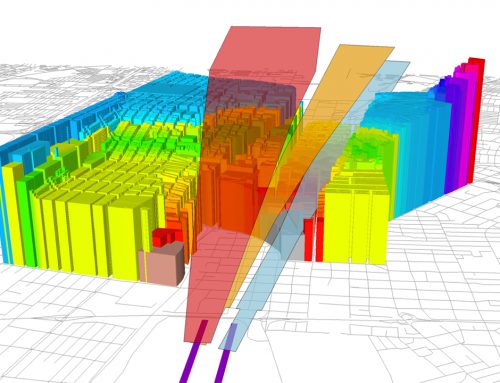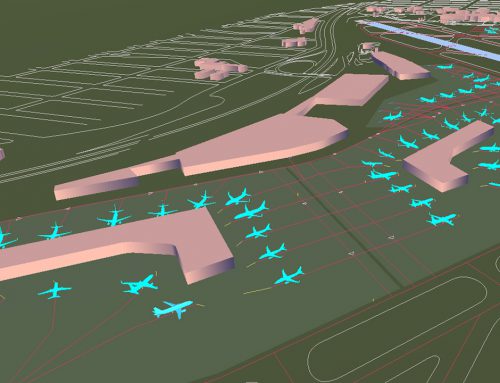Project Description
Indianapolis International Airport
Client: Indianapolis Airport Authority
L&B was selected by the Indianapolis Airport Authority (IAA) to provide a broad regional overview for the development and/or redevelopment of available IAA lands at the Indianapolis International Airport, its five active reliever airports and one decommissioned reliever airport.
L&B assessed the aviation facility and land requirements over a 30-year planning horizon and defined a long-term strategy for developing aeronautical support and commercial facilities on IAA lands. The resulting analyses culminated in a “value maximization” decision document for the IAA to determine the optimal use of the revenues generated from the leasing and development of aviation and non-aviation IAA-owned parcels.
Our approach included:
- Identifying opportunities and constraints of each site, including environmental conditions, encumbrances, location, and infrastructure (energy/utilities, public transportation – bus service, light rail – sewer, water and roadways).
- Analyses of existing revenues and costs for business elements under review, including but not limited to absorption rates, pricing, market comparability, financing costs, tenant fees, rental rates, leases and operating agreements, and costs and revenues associated with new facilities and functions.
- Identifying markets for various types of land uses that includes the potential for expanding functions that are indirectly related to aviation, as well as other uses.
- Identifying priorities and establishing a project development program to focus resources and regulate the pace of development to match the availability of funds for infrastructure improvements.
A significant public outreach program was part of this open and transparent planning process. The IAA and L&B team engaged and informed the public, key opinion leaders and other community stakeholders throughout the study period – and beyond – to ensure its success. A Land Use Advisory Committee was established to provide strategic oversight and opinions throughout the study process. Focus group discussions were convened to inform and engage stakeholder groups on:
(1) the determination of aeronautical vs. non-aeronautical land needs,
(2) alternative land use concepts, and
(3) the recommended development plan.
The focus group participants included representatives from local government, airport tenants, economic development, higher education, health care, hospitality, utilities, transportation, and planning agencies.
